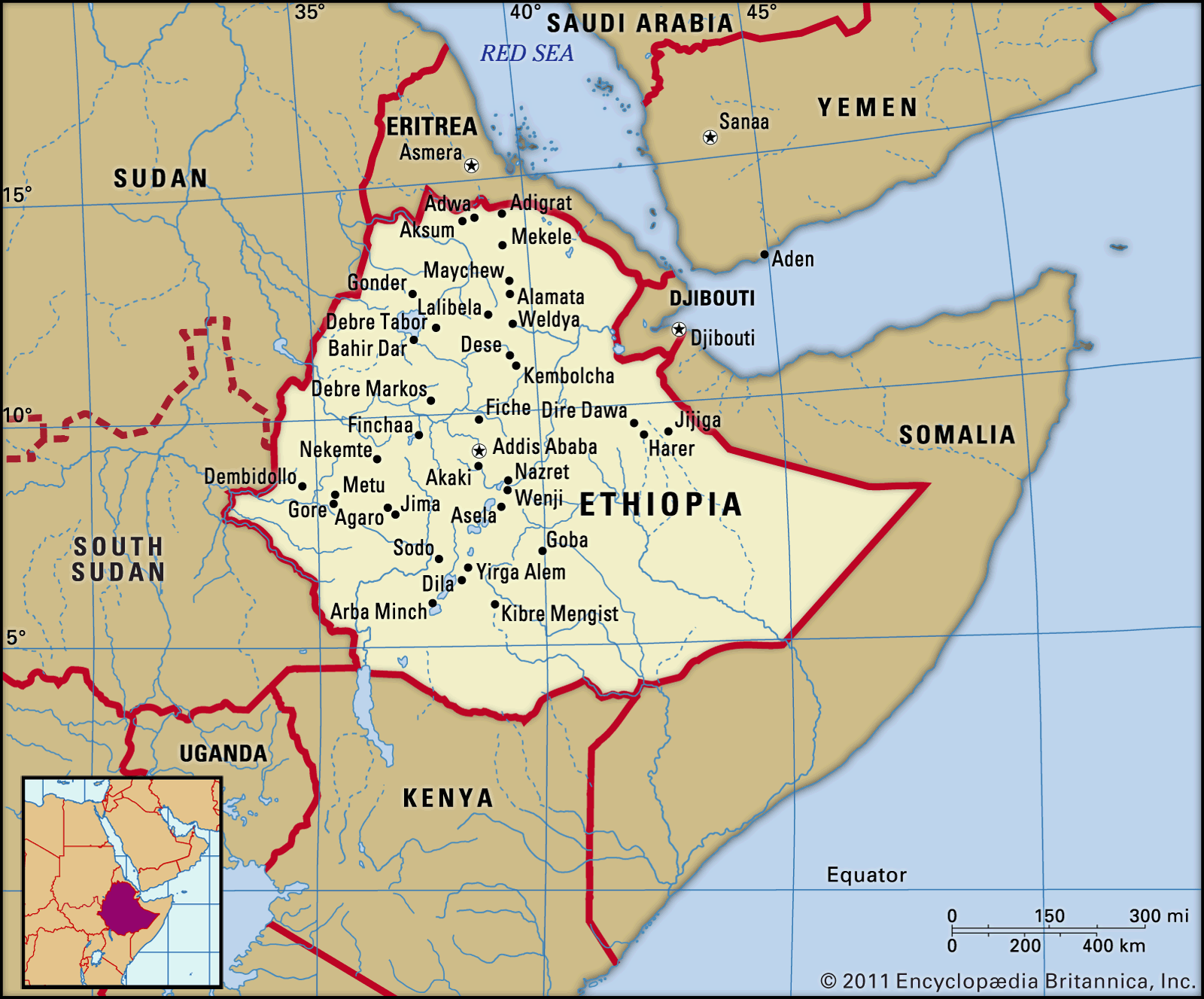Ethiopia Responds to Suspected Outbreak of Viral Haemorrhagic Fever
Ethiopia’s health authorities are intensifying their efforts to investigate and manage a recent cluster of eight suspected cases of viral haemorrhagic fever in the South Ethiopia Region. This development has prompted a coordinated response from both national health agencies and international partners, including the World Health Organization (WHO).
Viral haemorrhagic fevers are a category of severe, often life-threatening diseases caused by various families of viruses. These include well-known pathogens such as the Marburg and Ebola viruses, Crimean-Congo haemorrhagic fever, and Lassa fever. While the symptoms can vary depending on the specific virus, common early signs typically involve high fever, extreme fatigue, dizziness, muscle pain, weakness, and exhaustion.
To determine the exact cause of the reported cases, laboratory testing is currently underway at the Ethiopian Public Health Institute. The process involves analyzing samples to identify the specific pathogen responsible for the outbreak. This step is crucial for developing an effective response strategy and preventing further spread of the disease.
In support of these efforts, WHO has deployed a multi-disciplinary team of 11 technical officers with extensive experience in managing outbreaks of viral haemorrhagic fevers. These experts will assist in several key areas, including:
- Strengthening disease surveillance systems
- Conducting thorough investigations into the source and spread of the outbreak
- Enhancing laboratory testing capabilities
- Improving infection prevention and control measures
- Providing clinical care for affected individuals
- Coordinating outbreak response activities
- Engaging with local communities to raise awareness and promote preventive actions
Support and Resources for the Response Effort
In addition to technical assistance, WHO is supplying essential resources to bolster the country’s response capacity. This includes personal protective equipment (PPE) for healthcare workers, infection-prevention supplies, and a rapidly deployable isolation tent to enhance clinical care and management of patients.
The organization is also mobilizing additional technical expertise to support the overall response. This includes specialists in epidemiology, virology, public health, and logistics, all working together to ensure a comprehensive and effective approach to controlling the outbreak.
Furthermore, WHO has allocated US$ 300,000 from its Contingency Fund for Emergencies to provide immediate financial support to national authorities. This funding will be used to cover critical expenses related to the investigation, containment, and treatment of the suspected cases.
Ongoing Monitoring and Preparedness
As the situation develops, health authorities in Ethiopia continue to monitor the situation closely. They are also working to ensure that the population is informed about the risks associated with viral haemorrhagic fevers and the steps they can take to protect themselves and their communities.
Public health campaigns are being planned to educate people on hygiene practices, safe burial procedures, and the importance of seeking medical care if symptoms arise. These efforts are essential in preventing the spread of the disease and reducing the risk of a larger outbreak.
Conclusion
The current situation in South Ethiopia highlights the importance of rapid and coordinated responses to emerging health threats. With the support of WHO and other partners, Ethiopia is taking decisive action to investigate the suspected cases and implement measures to prevent further transmission. As the situation unfolds, continued vigilance, collaboration, and resource allocation will be critical in safeguarding public health.
